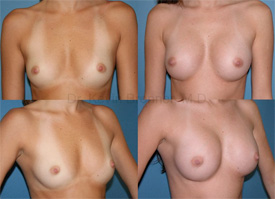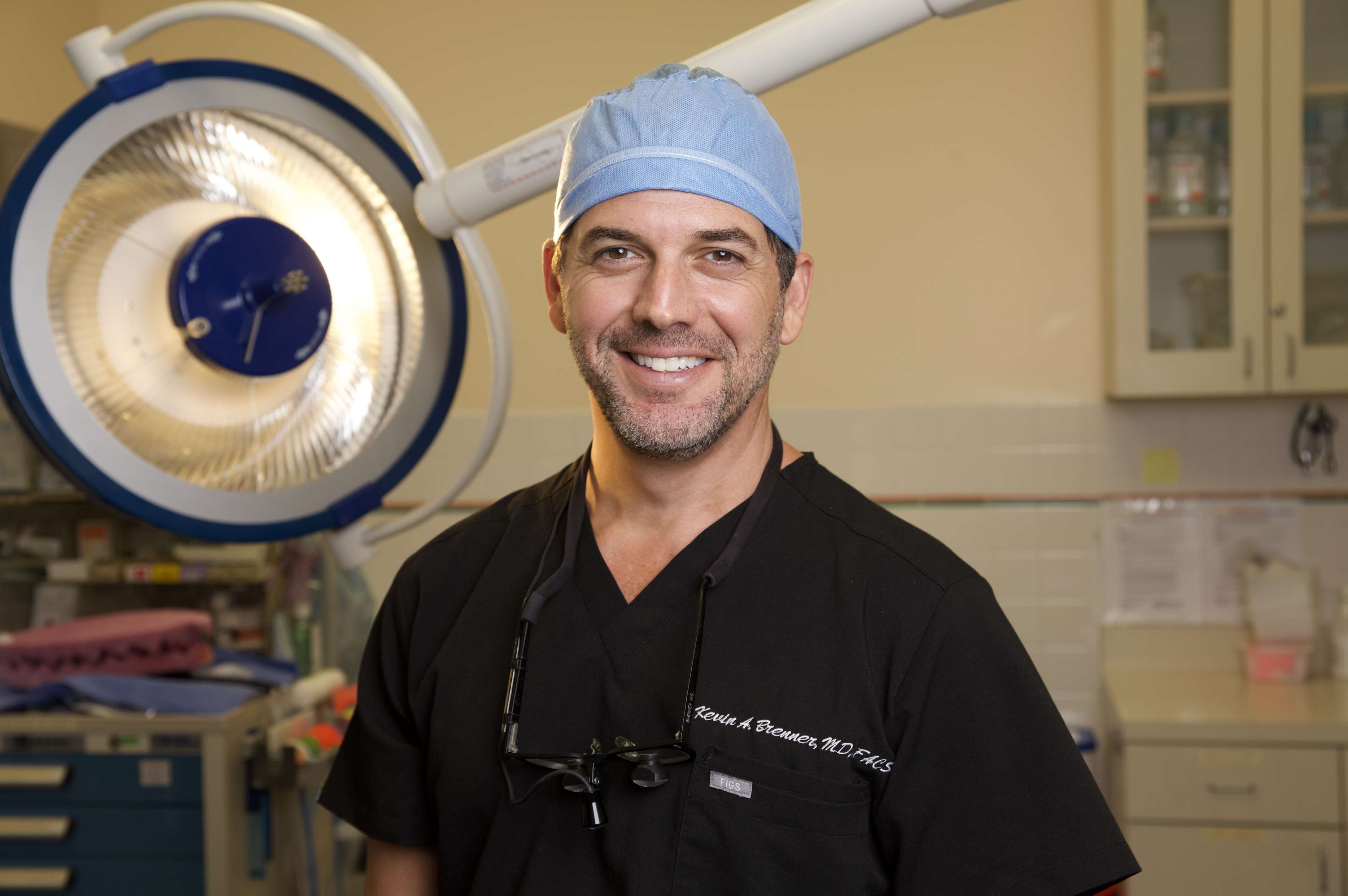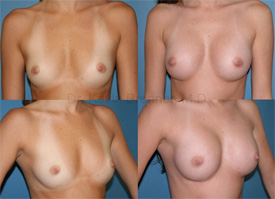- Home
- About
-
Procedures
-
Breast
- Breast Explant Surgery
- Breast Implant Illness
- Breast Implant Removal
- Breast Lift
- En Bloc Capsulectomy
- Breast Reduction
- Ruptured Breast Implants
- Fat Transfer Breast Augmentation
- Capsular Contracture
- Breast Implant Problems
- Tuberous Breast Correction
- Breast Revision Surgery
- Male Breast Reduction for Gynecomastia
- Breast Reconstruction
- Breast Augmentation with Lift
- Reasons for Breast Revision
-
Breast Augmentation
- Body
- Face
- Nose
- Non-Surgical
-
Breast
- Testimonials
- Media
- Resources
-
Contact
Different Types Of Breast Augmentation
Your Path to Breast Augmentation
Breast augmentation continues to be the most performed cosmetic surgery in the United States. Patients considering breast augmentation have a wide variety of possibilities and choices. These decisions aren’t particularly complex, but a basic knowledge of them will help you navigate the process and choose your best outcome. At each step of the way, from pre-op through recovery, Dr. Brenner and his office staff stand by your side. Your safety and satisfaction will always be our highest priority and we stand ready to answer any questions you may have.
Silicone or saline
Silicone implants are used in 85% of breast augmentations. They are softer and will feel more like natural breasts. The remaining 15% of breast augmentation patients use saline implants. These are a bit firmer and are made primarily of absorbable salt water. (By absorbable is meant that in the unlikely event the implant were to rupture, their content [saline solution] is safely absorbed by the body. A new implant would, however, be required.)
Shape of the breast implant
Both saline and silicone implants are either fully rounded or more raindrop-shaped. Rounded breast implants tend to be the more popular of the two choices.
Implant size
Breast implants come in all sizes. They are measured in cubic centimeters and the most commonly used sizes range from 200 to 400 cc. The choice is often based not only on size but proportionality and integration with the rest of the body. You will see a mock-up of how various implant sizes would appear before your procedure, making this choice even easier.
Implant profile
Profile refers to how much an implant projects forward away from the chest wall. There are 3 choices of implant profile available. Low profile implants project the least off of the chest, moderate profile implants are a natural midpoint, and high profile implants project the most off of the chest wall .
Above or below the chest muscles
Implants are physically located either on top of or beneath the pectoralis muscles (chest muscle). Implanting below the chest muscle gives a higher rise and a slightly larger bust and reduces the likeliness of scar tissue forming around the implant itself. Implanting above the pectoralis tends to visually age more naturally and may also tend to turn the nipples nicely upward.


Gallery
View GalleryIncision type and location
One of four incision types is used in every breast augmentation. This means, by or through what part of the body or breasts are the implants physically placed into their final location.
- Inframammary is the most common breast implant incision type. An incision is made in the crease beneath the breast, given your surgeon a great access point and leaving you with an essentially invisible scar.
- Periareolar is another common choice of incision. It is made around the areola of the nipple and once healed the scar naturally blends with the darker nipple color.
- Transumbilical: The transumbilical incision is done in the naval area, at the top rim of the belly button.
- Transaxillary: The transaxillary incision is done in the armpit area leaving no scar on the breast.
These last two options are less common and are options only with saline implants, as the implant is inserted empty and filled only once in its final position.
Dr. Brenner and his staff spend considerable time with each patient to assist and guide her in her many choices. Before ever going into the procedure, you will have a very good idea of what to expect of the final outcome. Breast augmentation is an exciting step taken by 300,000 women in the United States each year. Dr. Brenner is a board-certified plastic surgeon and general surgeon with decades of experience in breast augmentation and reconstruction. His credentials are extensive and his personal touch is seen in each of his many patients.



